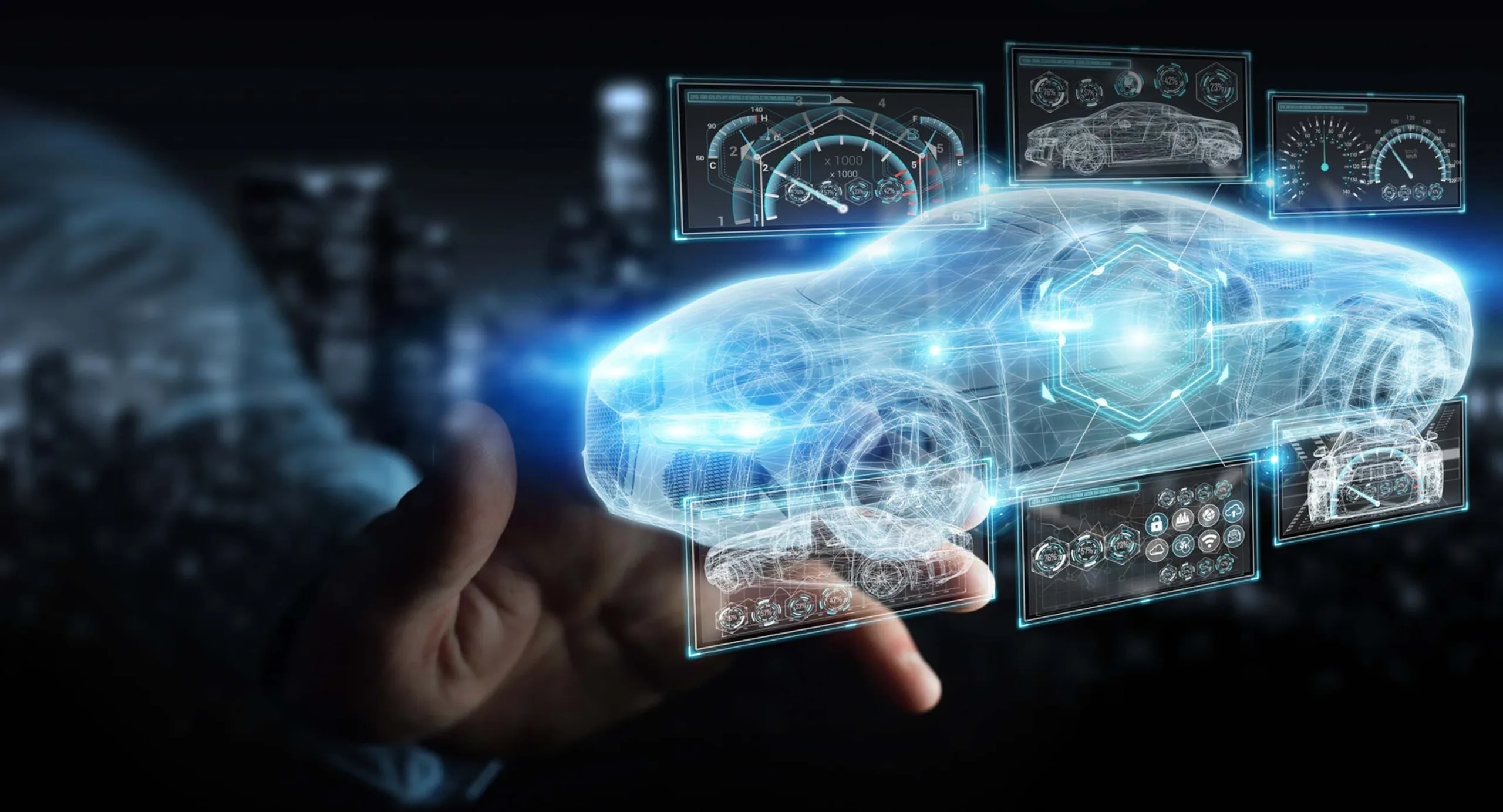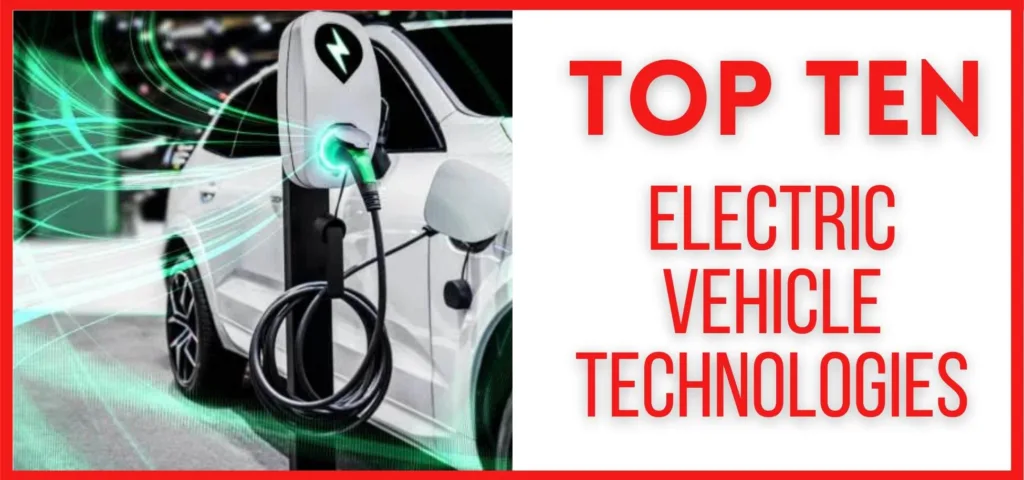Electric vehicle technologies highlight a remarkable evolution in the automotive industry. Recognizing the move towards electric vehicles (EVs) is not just a sustainability effort but a triumph for the auto sector. Technology plays a pivotal role in transitioning from fossil-fuel-powered vehicles to electric models, contributing to the industry’s significant strides.
If the EV sales growth experienced in recent years is sustained, CO2 emissions from cars can be put on a path in line with the net “net zero emissions” by 2050 scenario. However, despite huge growth in China, some European countries, and some U.S. states, electric vehicles are not yet a global phenomenon. Sales in developing and emerging countries have been slow due to higher purchase costs and a lack of charging infrastructure.
Also, read: Top 10 Warning Signs Your Electric Vehicle Needs Service
The 2024 outlook for electric cars is bright
- Positive signals from 2024 sales reveal a thriving market, driven by reduced costs and strengthened policy support, especially in the United States. The global projection anticipates nearly 14 million electric cars sold in 2024, reflecting a 35% surge compared to 2023 and elevating the global electric sales share to approximately 18%, up from 14% in 2023.
- In the U.S. 2024 witnessed robust growth, with over 320,000 electric cars sold, marking a 60% increase from the same period in 2023. This trend is expected to persist, reaching over 1.5 million electric car sales in 2024, constituting around 12% of total car sales.
- In Europe, electric car sales increased by approximately 10% in 2024 compared to the same period in 2023. The full-year forecast anticipates a 25% increase, with electric cars constituting one in four car sales in the region.
- Beyond major EV markets, global electric car sales are expected to reach around 900,000 in 2024, a 50% increase from 2023. India, in particular, has already doubled its 2024 electric car sales compared to 2023. These markets, excluding the top three, are projected to represent 2-3% of total car sales in 2024.
- However, potential downside risks include a sluggish global economy and the phase-out of NEV subsidies in China, which could hamper 2024 growth. Conversely, unforeseen openings in new markets, driven by persistently high oil prices, and policy developments, such as the proposed strengthened GHG emissions standards by the US EPA in April 2024, could boost sales even before implementation.
Also, read: Top 10 Tips for Extending Your Electric Vehicle’s Battery Life
Breakthroughs in EV Power: Top 10 Electric Vehicle Technologies
Electric vehicles (EVs) have become more than a trend; they represent a crucial shift towards sustainable transportation. In this article, we delve into the Top 10 Electric Vehicle Technologies, exploring cutting-edge advancements and their impact on our journey toward a greener future.

1. Solid-state batteries
These batteries promise to revolutionize EVs with their higher energy density, faster charging times, and improved safety compared to traditional lithium-ion batteries. Solid-state batteries are still in development, but major players like Toyota, Samsung, and QuantumScape are investing heavily in bringing them to market.
Imagine an electric car that charges in minutes, boasts a range exceeding 500 miles, and eliminates the fire risk associated with traditional lithium-ion batteries. That’s the promise of solid-state batteries, the game-changers poised to revolutionize electric vehicles.
These batteries ditch the flammable liquid electrolyte of current technology for a solid one, enabling faster charging, higher energy density, and improved safety. Think shorter charging times than your morning coffee break and weekend road trips without range anxiety.
2. Bi-directional charging
Bi-directional charging flips the script on EV power, transforming your car from just a consumer of electricity to a mini power plant. This game-changer lets you not only charge your EV from the grid, but also send that stored energy back, powering your home during peak hours, selling it back to the grid for extra income, or even helping stabilize the entire network.
Imagine your car doubling as a battery backup for your house or even contributing to a cleaner, more resilient energy future – that’s the potential of bi-directional charging, and it’s just starting to revolutionize the way we think about transportation and energy.
Also, read: Top 10 Myths About Electric Vehicle Maintenance Busted
3. Vehicle-to-grid (V2G)
Similar to bi-directional charging, V2G enables EVs to connect to the grid and provide power during peak demand periods. This can help utilities manage the grid more efficiently and reduce reliance on expensive peak power plants.
Imagine your electric car not just gulping down electricity, but spitting it back out to power your home or even the entire grid. That’s the magic of Vehicle-to-grid (V2G) technology, a game-changer that transforms EVs into mobile energy storage units.
With bi-directional charging, your EV battery acts like a mini power plant, sending excess energy back to the grid during peak demand or storing cheap off-peak electricity for your use.
4. Wireless charging
Imagine rolling into your parking spot and your EV automatically starts juicing up—no cords or plugs needed. That’s the magic of wireless charging, one of the most exciting technologies transforming the EV landscape. Using magnetic fields, energy is transferred from charging pads embedded in the ground to receivers on the underside of your car. It’s like a giant phone charger for your ride, offering convenience, safety, and even a futuristic aesthetic.
Gone are the days of fumbling with cables in the rain or tripping over them in your garage. Wireless charging promises seamless, effortless power delivery, making the charging experience as smooth as the electric drive itself. This technology also minimizes wear and tear on charging ports, reducing maintenance costs and extending the life of both your car and the charging infrastructure. And with the potential for dynamic charging while driving on specially equipped roads, the future of EVs is truly cord-free.
5. Lightweight materials
EVs are often heavier than gasoline cars due to their batteries. However, automakers are increasingly using lightweight materials like carbon fiber and aluminum to reduce weight and improve efficiency. Shedding pounds, not performance: Lightweight materials are revolutionizing EVs. Carbon fiber and aluminum shave off up to 70% of weight compared to steel, boosting range and efficiency while retaining strength.
This means less battery needed, lighter vehicles that zip faster and farther, and ultimately, a greener ride. From sleek body panels to robust chassis, lightweight materials are propelling EVs into a lighter, brighter future.
6. Advanced driver-assistance systems (ADAS)
Electric vehicles aren’t just about cleaner powertrains, they’re also driving safety into the future with advanced driver-assistance systems (ADAS). Imagine lane-departure warnings keeping you centered, blind-spot monitors eliminating surprises, and automatic emergency braking protecting you from the unthinkable.
ADAS empowers EVs to act as attentive co-pilots, reducing driver fatigue, enhancing awareness, and making every journey smoother and safer. Buckle up for a future where technology anticipates the road ahead, turning every EV into a guardian angel on wheels.
Also, read: Ten Signs That Your Car’s Battery is Dying
7. Autonomous driving
Autonomous driving, the crown jewel of EV technology, envisions self-piloting cars gliding through our streets, revolutionizing how we commute and redefining personal mobility. Imagine stress-free commutes while you work, read, or relax, all thanks to your car seamlessly navigating traffic, optimizing routes, and parking itself.
This game-changer promises enhanced safety, reduced congestion, and even new mobility options for those who can’t drive. While hurdles remain, with continuous advancements in AI, sensors, and V2X communication, autonomous driving is no longer a futuristic fantasy, but a fast-approaching reality set to transform our relationship with the road.
8. Artificial intelligence (AI)
Artificial intelligence (AI) is quietly revolutionizing the electric vehicle (EV) landscape, acting as the invisible hand optimizing everything from battery performance to self-driving capabilities. Under the hood, AI algorithms crunch data from battery sensors, weather patterns, and driving habits to predict the remaining range with uncanny accuracy.
This not only reduces “range anxiety” but also allows EVs to optimize energy usage, squeezing out every precious mile. Beyond efficiency, AI is the mastermind behind advanced driver-assistance systems (ADAS), keeping you safe on the road with features like lane departure warning and automatic emergency braking.
As the quest for self-driving cars intensifies, AI takes the wheel, processing inputs from a sea of sensors to navigate complex traffic situations with superhuman reflexes. So, the next time you zip past gas stations in your silent EV, remember, that it’s not just the battery powering your journey – it’s the silent hum of AI, the invisible force shaping the future of electric mobility.
9. Cloud computing
Electric vehicles are rewriting the rules of transportation, and cloud computing serves as the invisible brain powering their evolution. From crunching battery data for optimal charging to orchestrating vast networks of charging stations, the cloud keeps EVs humming. It analyzes driving patterns, predicts energy needs, and even enables bi-directional charging, where EVs act as mobile power sources.
And as autonomous driving takes center stage, the cloud will become the indispensable maestro, processing sensor data and orchestrating traffic flows in real time. In short, cloud computing isn’t just a supporting player in the electric revolution; it’s the invisible conductor ensuring EVs deliver on their transformative promise.
10. Cybersecurity
As EVs become more connected and autonomous, cybersecurity becomes increasingly important. Automakers and tech companies are working to develop robust cybersecurity measures to protect EVs from hacking and other threats.
As EVs connect to the grid, vulnerability grows. Malicious actors could tamper with charging, hijack autonomous systems, or steal sensitive data. But fear not! Robust cybersecurity measures like encryption, secure communication protocols, and regular software updates act as an invisible shield, safeguarding EVs from harm. From driver safety to national security, prioritizing cybersecurity ensures a smooth, secure journey toward an electric future.
FAQs on Electric Vehicle Technologies
Q. What is the range of an electric car?
The range of an electric car varies depending on the model and battery size. Most EVs have a range of 200–300 miles on a single charge, but some can go even further. The Tesla Model S, for example, boasts a range of over 400 miles.
Q. How long does it take to charge an electric car?
Charging time also varies depending on the car’s battery size and the charger’s power. Level 1 charging using a regular wall outlet can take 12–24 hours, while Level 2 chargers can charge the car in 4–8 hours. DC fast chargers can fully charge an EV in as little as 30 minutes.
Q. Are electric cars expensive?
The upfront cost of an electric car is typically higher than that of a gasoline car. However, EVs have lower operating costs due to cheaper electricity and less maintenance. Government incentives can also offset the initial cost.
Q. Are electric cars good for the environment?
Yes, electric cars produce zero tailpipe emissions, which helps to improve air quality and combat climate change. However, the environmental impact of EVs depends on the source of electricity used to charge them.
Q. Are electric cars safe?
Electric cars are just as safe as gasoline cars, and some argue they are even safer due to their lower center of gravity and advanced safety features.
Q. Where can I charge an electric car?
There are a growing number of public charging stations available in cities, towns, and along highways. You can also charge your EV at home using a Level 1 or Level 2 charger.
Q. Are electric cars fun to drive?
Many people find electric cars to be more fun to drive than gasoline cars due to their instant torque and smooth acceleration.
Q. What are the disadvantages of electric cars?
The main disadvantages of electric cars are their higher upfront cost, limited range compared to gasoline cars and longer charging times.
Q. Will electric cars replace gasoline cars?
Likely, electric cars will eventually replace gasoline cars, but it may take some time for the transition to occur.
Q. What are the best electric cars on the market?
The best electric car for you will depend on your needs and budget. Some popular options include the Tesla Model 3, Chevrolet Bolt EV, Nissan Leaf, and Hyundai Kona Electric.
Conclusion: The Final Words on Electric Vehicle Technologies
Electric Vehicle Technologies are rapidly reshaping the automotive landscape, offering a sustainable and efficient alternative to traditional fossil fuel-powered vehicles. As we delve into the top 10 technologies driving this revolution, it becomes evident that the future of transportation is electric. From advanced battery chemistries and energy-efficient motors to intelligent charging infrastructure and autonomous driving capabilities, these innovations are paving the way for a cleaner, greener, and more connected world. As Electric Vehicle Technologies continue to evolve, we can expect to see even more groundbreaking advancements that will further accelerate the transition to electric mobility. The future of transportation is electric, and it’s happening now.


































